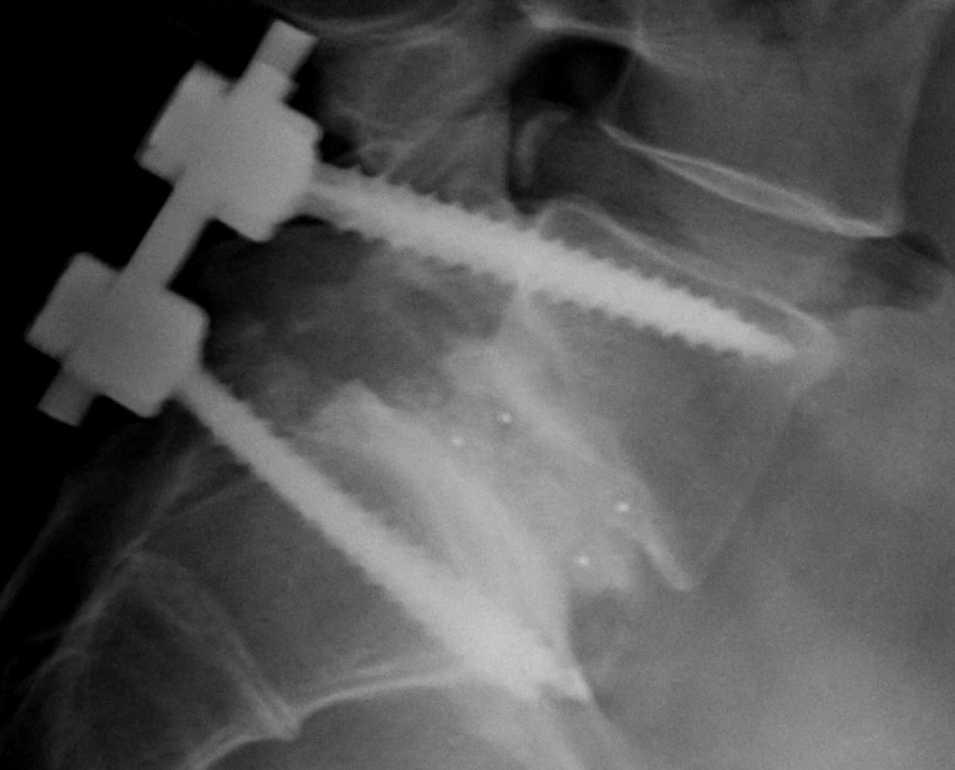TLIF surgery (Transforaminal Lumbar Interbody Fusion) is a procedure preferred by specialists in arthrodesis or back fusion. Transforaminal fusion is an inter somatic fusion. With TLIF, this happens in a transforaminal fashion. Cages filled with grafts pass through the foramen between the vertebral bodies on one side.
There’re a total of five lumbar vertebrae. They consist of a block-shaped vertebral body, in any case, a vertebral arch with projections for the attachment of the abdominal and back muscles. The connection between your vertebrae consists of solid ligaments, an intervertebral disc, and two small hinged joints (facet joints) at the posterior left and right. The intervertebral disc consists of a solid ring (annulus fibrosus) and a nucleus (nucleus pulposus). TLIF surgery should consider for problems related to these.
Related Article: Subtalar Fusion Surgery
TLIF surgery is a variant of PLIF (Posterior Lumbar Interbody Fusion). Recent developments make it possible to insert pedicle screws and perform nerve decompression less invasively. This uses two small incisions about 5 cm from the midline without an incision. The back muscles need to open much less. The indications for this technique roughly correspond to the symptoms of a PLIF surgery.

Ideal Candidates for TLIF Surgery
Ideal candidates for TLIF surgery should have the following problems:
- Spine fracture
- Greater or less disk space than average height
- Less bone fusion
- Pressure on nerve roots
- Spinal deformity (such as scoliosis)
- Degenerative disc disease
- Herniated disc
Suppose you have sudden imbalances, severe weakness, or severe pain caused by the conditions we listed earlier and haven’t tried surgical procedures before. In that case, you may be an ideal candidate for TLIF.
How is TLIF Surgery Performed?
Before TLIF surgery, the surgeon will do some tests along with the history. Their purpose is to determine your suitability for surgery. When you’re suitable for surgery, the surgeon gives you instructions and specifies the day of surgery. In general, TLIF surgery consists of the following stages:
- You will first receive general anesthesia for TLIF surgery.
- The surgeon will perform surgery on the middle of your back for the vertebral level they want to approach. This exposes your vertebral arches and joints.
- Then, the surgeon places ‘pedicle screws’ to fix the vertebrae. Thanks to this fixation, the specialist can make and maintain corrections in your vertebrae until they combine into one.
- When necessary, the surgeon releases the nerve sac and your outgoing nerves. In addition, the specialist cleans the intervertebral disc between your vertebrae along the nerve sac and nerves.
- The doctor will fill the emptied intervertebral space with two or three supports (a carbon cage), filling with your bone. This is the bone that must come out to expose your nerves. So you will hardly need any bone grafts.
- To allow the vertebrae to grow together after surgery, the doctor secures them with pre-placed pedicle screws, which they attach with plates or rods.
- The procedure can generally take 1.5 to 3 hours.

After TLIF Surgery
Your recovery speed after TLIF surgery will, of course, depend on the severity and duration of your condition. Long-standing pains or symptoms usually heal much more slowly, and it can take months or even years for the nerves to heal.
Radiation complaints in your legs (pain, loss of strength, or loss of sensation) may heal faster or slower, depending on the severity of the nerve damage and whether it’s complete.
In any case, you will strictly limit your activities for the first few months. During the first three months, your doctor will forbid you to stand bent over and pick up objects below the level of your belt. This means that most daily activities are impossible. You can now gradually increase your activity gradually from now on. After five to six months, you will be able to continue your exercises.
You should protect your back and trunk muscles as well as possible against the rapidly developing wear and tear for life.
Related article: Hairline Surgery
Utilized Resources: 1. Source
